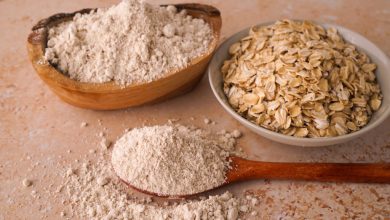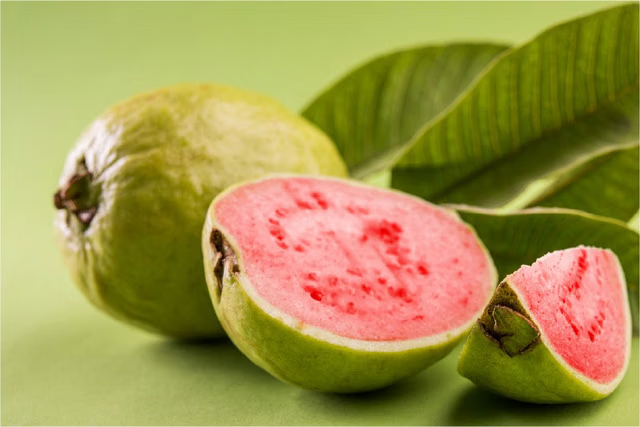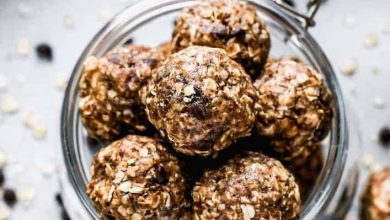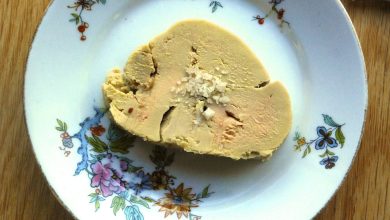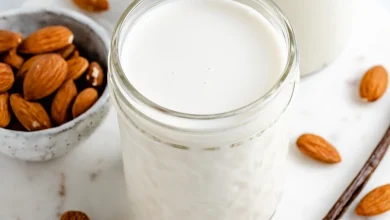Spiny Lobster (Mixed, Raw) – Nutritional Information & Benefits
Spiny lobster, a succulent and flavorful seafood option, is a favorite among seafood lovers for its tender meat and slightly sweet flavor. This shellfish, commonly enjoyed grilled, boiled, or sautéed, is not only a delicacy but also a highly nutritious choice for those seeking a lean source of protein and essential nutrients.
Here’s a detailed look at the nutritional profile of Spiny Lobster (Mixed, Raw):
Nutritional Information (Per 100g)
| Nutrient | Amount |
|---|---|
| Energy | 112.0 kcal |
| Protein | 20.6 g |
| Total Fat | 1.51 g |
| Saturated Fat | 0.237 g |
| Carbohydrates | 2.43 g |
| Fiber | 0.0 g |
| Sugar | 0.0 g |
| Calcium | 49.0 mg |
| Iron | 1.22 mg |
| Magnesium | 40.0 mg |
| Phosphorus | 238.0 mg |
| Potassium | 180.0 mg |
| Sodium | 177.0 mg |
| Zinc | 5.67 mg |
| Copper | 0.381 mcg |
| Manganese | 0.015 mg |
| Selenium | 46.2 mcg |
| Vitamin C | 2.0 mg |
| Thiamin (B1) | 0.007 mg |
| Riboflavin (B2) | 0.046 mg |
| Niacin (B3) | 4.245 mg |
| Vitamin B6 | 0.15 mg |
| Folate (B9) | 1.0 mcg |
| Vitamin B12 | 3.5 mcg |
| Vitamin A | 5.0 mcg |
| Vitamin E | 0.0 mg |
| Vitamin D2 | 0.0 mcg |
Health Benefits & Nutritional Insights
Spiny lobster is an excellent source of lean protein, with 20.6g per 100g serving. This makes it a great option for muscle repair, immune support, and overall body functions. Low in fat, with just 1.51g of total fat and a minimal amount of saturated fat (0.237g), this seafood is ideal for those looking to maintain a heart-healthy diet.
Moreover, spiny lobster provides an array of essential minerals and vitamins that contribute to various bodily functions:
- Phosphorus (238.0 mg) and Magnesium (40.0 mg) support healthy bones and teeth.
- Iron (1.22 mg) aids in red blood cell production, while Zinc (5.67 mg) boosts the immune system.
- Potassium (180.0 mg) and Sodium (177.0 mg) help regulate fluid balance, contributing to cardiovascular health.
- Rich in Vitamin B12 (3.5 mcg), spiny lobster is beneficial for nerve health and energy production.
Although spiny lobster is low in fiber (0.0 g) and sugar (0.0 g), it does provide a small amount of Vitamin C (2.0 mg), which helps with the absorption of iron and supports immune function.
Allergen Information
As a shellfish, spiny lobster is a common allergen. People with shellfish allergies should avoid consuming spiny lobster to prevent allergic reactions. Symptoms of a shellfish allergy can range from mild (hives, itching) to severe (difficulty breathing, anaphylaxis). Always consult with a healthcare professional before introducing new ingredients into your diet, especially if you have food allergies.
Dietary Preferences
Spiny lobster is a great choice for those following various dietary preferences, including:
- Low-fat diets: With only 1.51g of total fat per 100g, spiny lobster fits into low-fat meal plans.
- High-protein diets: The lobster’s high protein content (20.6g) makes it an excellent addition to high-protein diets, including keto and paleo.
- Low-carbohydrate diets: With only 2.43g of carbs, this seafood is a suitable option for those on low-carb diets like Atkins or ketogenic.
- Gluten-free: Spiny lobster is naturally gluten-free, making it a safe and nutritious choice for individuals with gluten sensitivities or celiac disease.
Cooking Tips & Usage
Spiny lobster can be prepared in many different ways, each enhancing its delicate, sweet flavor. Here are some cooking suggestions:
- Grilled: Marinate the lobster in olive oil, garlic, and lemon juice, then grill it for a smoky, charred flavor.
- Boiled: Boiling is a classic method to cook lobster, preserving its tender meat and natural sweetness.
- Sautéed: Sauté in butter and garlic for a rich, flavorful dish.
- In soups and stews: Add lobster to bisques, chowders, or seafood stews for an extra burst of flavor and protein.
Lobster pairs well with a variety of sides such as roasted vegetables, a fresh salad, or creamy mashed potatoes, making it a versatile dish for both casual meals and special occasions.
Conclusion
Spiny lobster is a delicious, nutrient-packed seafood choice that offers a wealth of protein, essential vitamins, and minerals. Whether you enjoy it grilled, boiled, or sautéed, this flavorful crustacean can be a fantastic addition to your diet, especially if you’re seeking a lean, high-protein meal. However, due to its status as a common allergen, it’s important to ensure that everyone at the table is safe before serving. Its versatility in cooking and compatibility with various dietary preferences make it a beloved choice among seafood enthusiasts.



